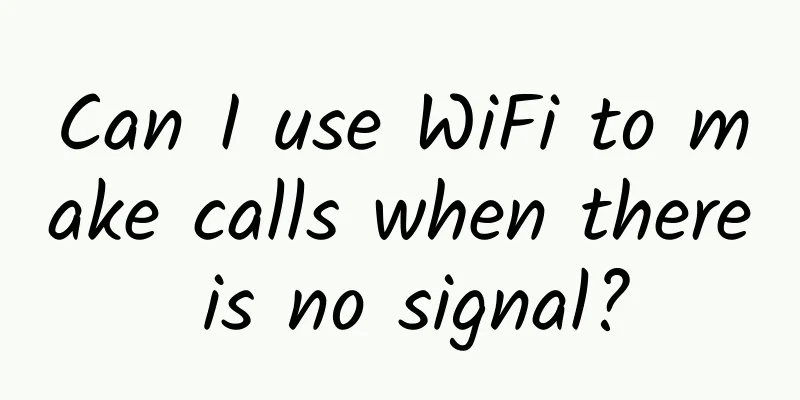Wuchang SEO Training: Balanced web design can avoid being penalized for excessive keyword density

|
Web information is one of the direct ways that websites display to users. In the early SEO optimization theory, some websites blindly superimposed keywords to cater to the preferences of search engines, causing the information in the website content to lose fairness and making the website over-optimized. As a result, not only did they fail to achieve their intended purpose, but they were also penalized for the search. Today, we are discussing the balance of information density in website design. In addition to the above, what is more important is how to strike a balance between the quality of website construction and user experience. Wuchang SEO Training: Balanced web design can avoid being penalized for excessive keyword density When it comes to information density in website design, minimalism is a lasting visual framework design concept, not only because it has an elegance that does not change over time, but also because minimalist-style pages can highlight content more clearly. However, this ingenious and slightly "clever" design cannot adapt to today's diversified era. More information means that the website may be discovered by more users, thereby increasing the possibility of visiting the website, thereby guiding the website to make full efforts in user experience. Usability and user experience are two important aspects in website design. If a website wants to attract more visitors, it has to load a lot of content. But if you want to create a good user experience website, you must be concise. Therefore, when designing a website, it is necessary to grasp the information density of the web page. When visitors log in to a website, a large amount of content information increases the reading load. To reduce the evaluation of website visitors, high information density will increase the bounce rate of the website. No matter what effect the website wants to achieve, if the information density is too high, it will cause user analysis paralysis, which is very detrimental to website design. Good design means that users know how to interact with the website. Too much information will confuse the user's analytical judgment, thus destroying the interaction. In order to maintain a good information density of the website, we must have a good design plan when designing the website so that designers can make good content layout and information structure of the website according to the plan. There must be a certain visual relationship with some other elements. This visual relationship is called "visual balance relationship". For experienced web designers, website content and user experience are two levels of relationship, and many people do. They all mistakenly believe that website content is based on user experience. In fact, in the process of website construction, the logical relationship between the two is sometimes ignored, resulting in a conflict between website content and user experience. This happens and it is not good for users to browse the website. This is because there are many elements on the page, so users are distracted when browsing the page. On the contrary, when there is a balance between the two, there will not be much conflict between information density and website user experience. Moreover, users browsing the web page will not feel overwhelmed, and the website can also clearly display the content information to customers. Therefore, it is for this reason that website designers put forward such a requirement, how to maintain the overall balance of the website. Everyone knows that a good website design will attract more users to watch. However, this kind of aesthetic design has strong principles, and the balanced design will bring comfortable visual effects to users and convey a unified and harmonious experience to users through the web page. When designing a web page, designers need to consider the overall effect of the web page and pay attention to the balance of elements such as pictures, texts and titles on the page. If broken down, symmetrical balance and asymmetrical balance are also needed in web design. Asymmetrical balance is a state of imbalance in an image that creates visual contrast through the placement of elements to achieve balance. In addition, there is radial balance in website design, and there is also a mosaic balance, which is created by scattered layouts. For information-based websites, do not deliberately add too many irrelevant factors when displaying information content. For example, some websites have many gaps in design, which allows users to focus on page goals and content, but it does not mean that the simpler the website content, the better. We must be moderate when dealing with the information density of a website. |
<<: App promotion|Any product is a business
Recommend
Important reminder! For holiday travel, make these preparations in advance!
The 8-day holiday combining Mid-Autumn Festival a...
Wearing a display on your body: The black technology in woven fabrics is so cool!
"Luo Ji spent 185 years in a dream. When he ...
Why are giant pandas considered national treasures?
Today we are going to talk specifically about our...
With the advent of application numbers, operators will face five major challenges!
Last night (September 21), the WeChat public acco...
The algorithm recommendation mechanism of Toutiao and Douyin is not as "stupid" as people say on the Internet!
In 1865, on the flat land outside Yongdingmen in ...
The most annoying restriction between WeChat and QQ has finally been removed
WeChat and QQ have recently started to work toget...
Is the “Christmas hat” that is flooding the WeChat Moments an accidental “scam”? 5000 words to restore the whole incident
Around 10 p.m. on December 22, 2017, the WeChat M...
Too dangerous! A 9-year-old boy was knocked down on a zebra crossing! The cause of the accident is a wake-up call
Every time when school starts and ends There will...
Double 11 Sale: Are Things Really Cheaper?
Yesterday, the Beijing Industry and Commerce Bure...
Tips for building the underlying framework for event operations!
Regarding event operation , many operators are fa...
Boeing's KC-46 is not up to standard, and may be "stolen" by Lockheed Martin, losing the big order of the tanker project
Lockheed Martin has officially launched a bid to ...
SNE Research: The global electric vehicle battery installed capacity in September 2022 is 54.7GWh, Ningde accounts for 36.3% and ranks first
Global information agency SNE Research recently r...
Teladian, which charges 2.98 yuan per kilowatt-hour, has kicked off a general increase in charging fees. Don’t let saving money on electric vehicles become a joke
"Why do you buy a tram?" Faced with thi...
Saury self-media + Douyin operation course, teach you step by step how to make money by playing short videos
Saury self-media + Douyin operation course, teach...
Case analysis: How to do user operation?
Have you felt this way recently? User operations ...









